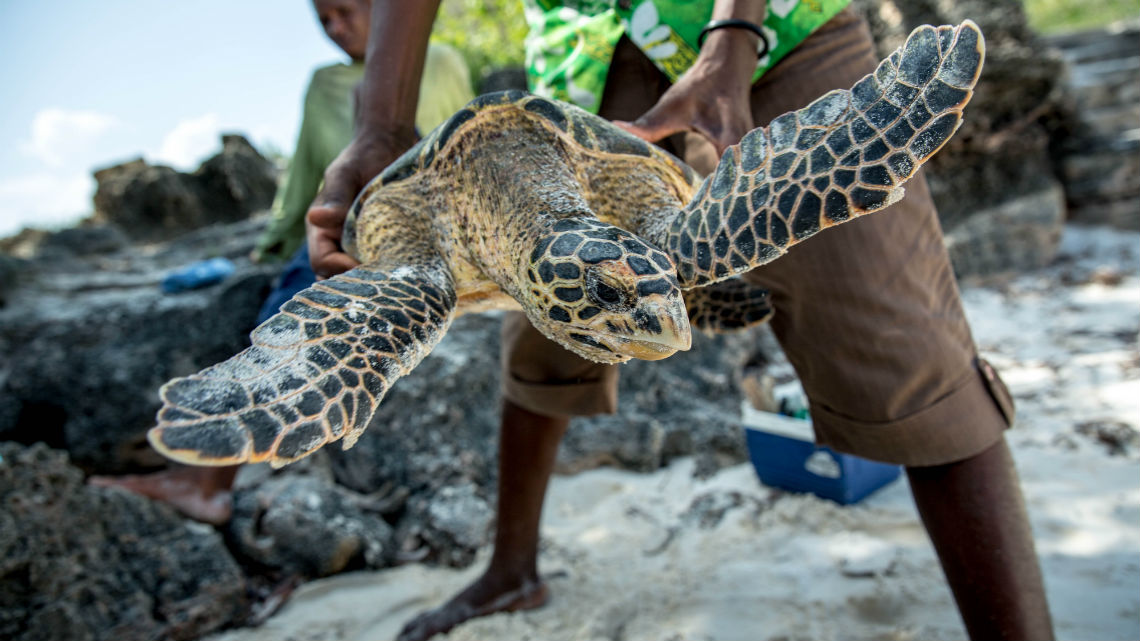The Impact of COVID on Animals – Ben Jackson
Yes, yet another COVID related article; but before you skip this page to find out what kind of chocolate bar you are, please just take time to read this and become enlightened on a different aspect of the pandemic.
There have been many negative impacts of the coronavirus pandemic; it has changed the way the entire world lives their lives and has seen the deaths of thousands of people in the UK alone. However, one positive I can find about COVID is the awareness it has raised around the illegal wildlife trade and the atrocious ways we humans treat the animals that share our planet with us.
Animals have played a key role in the pandemic since the very beginning; the identity of the animal source of the coronavirus, named nCoV-2019, has been one of the key questions scientists have been raving to answer. Coronaviruses are known to circulate in mammals and birds, and scientists have already suggested that nCoV-2019 originally came from bats, a proposal based on the similarity of its genetic sequence to those of other known coronaviruses. But the virus was probably transmitted to humans by another animal. The coronavirus that caused severe acute respiratory syndrome, or SARS, spread from bats, to civets (a small vivverid from Asia and Africa), to humans. Now, the South China Agricultural University in Guangzhou says that two of its researchers, Shen Yongyi and Xiao Lihua, have identified the pangolin as the potential source of nCoV-2019 on the basis of a genetic comparison of coronaviruses taken from the animals and from humans infected in the outbreak and other findings. The sequences are 99% similar, the researchers reported at press conference on 7 February.
Many have not even heard of a pangolin, let alone know what one is. They are the the planet’s only scaled mammal belonging to the genus Manis in the family Manidae. Despite baring resemblance to anteaters and armadillos, they are in fact more related to the order Carnivora (cats, dogs, bears); their similarities in appearance to anteaters and armadillos is an example of convergent evolution due to similar niches in an ecosystem needing filling in different areas of the world. They are found throughout Africa and Asia and feed exclusively on ants and termites. Biology lesson aside, if you have ever heard of one of these adorable creatures, you probably are familiar with their protective overlapping scales made of keratin, the same substance as our fingernails.
Unfortunately for the pangolin, this armour, supposed to protect them from predators has resulted in their downfall. 2.7 million pangolins each year are killed in order to supply their scales to Chinese medicines where they are believed to have ‘healing’ and anti cancerous qualities, despite being made of the same substance as toenails; their meat is sold and eaten as bush meat, mostly in Chinese and Asian wet markets. Each year more pangolins are killed than the total number of people that have died in the COVID pandemic; and no one seems to be aware of this even happening. As a result, out of the 8 species of pangolin, 3 are critically endangered, 3 endangered and 2 vulnerable to extinction.
However, through coronavirus, there is hope for the pangolin and the tens of millions of other animals illegally poached each year to supply the illegal wildlife trade. Due to COVID’s origins in wildlife, most likely a pangolin, a light has been shon on what is actually happening to the wildlife of our planet and how are actions are resulting in the extinction and endangerment of so many species. We humans are inherently selfish and have been used to exploiting the planet for our uses for centuries, however, now that there appears to be a very present threat to us from our inhumane actions, it could be a tipping point to help change our attitudes towards the wildlife of our planet and perhaps change our ways for good.
COVID could also help change the way we humans not only treat wild animals, but those captive. We have all heard recently about a strain of COVID mutating in Denmark through mink farms, where mink are kept in cages and bred and killed for their fur to supply the fur industry. Now that there is a potential risk to humans, there is massive demand on the Denmark government to shut down mink farming for good in Denmark. Despite this inducing a possible change in the way we farm fur and perhaps think about fur as a fashion item, this would result in Denmark killing 17 million mink, helpless creatures that had no intention of mutating COVID, and have been bred into these farms by humans and kept in awful conditions to supply our demand for fur.
To conclude, despite the illegal wildlife trade being the cause of a global pandemic, the smell of money still keeps it thriving to this very day. It will take time for us humans to change our attitude towards animals and see them as the living organisms they are and not commodities for us to exploit at our will. In the wet markets in China, including those in Wuhan, despite tighter restrictions being placed by Chinese authorities on the trafficking of wild animals, there are still animals being sold and eaten that have the potential to be the carrier of the next global pandemic.















Post Comment
You must be logged in to post a comment.